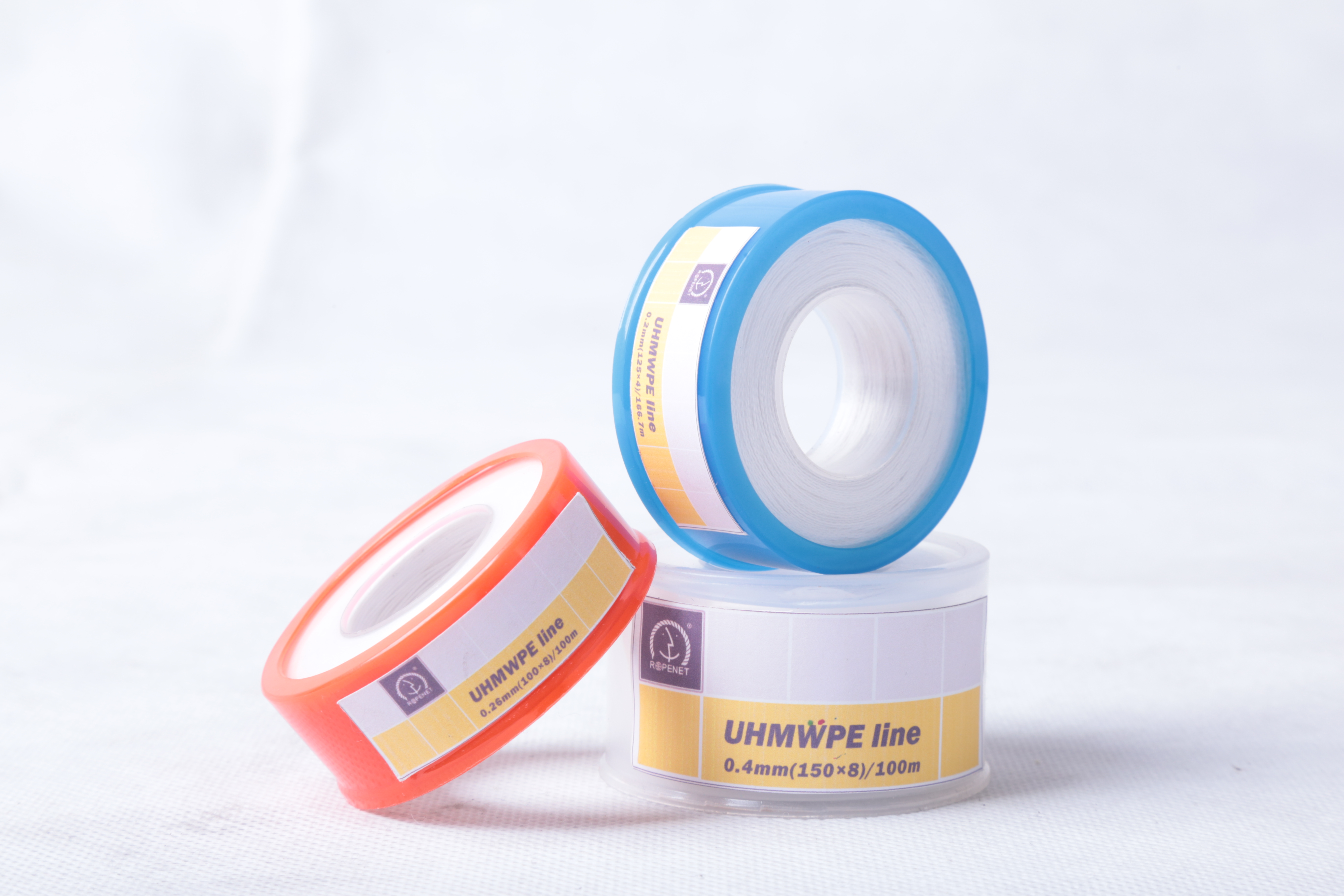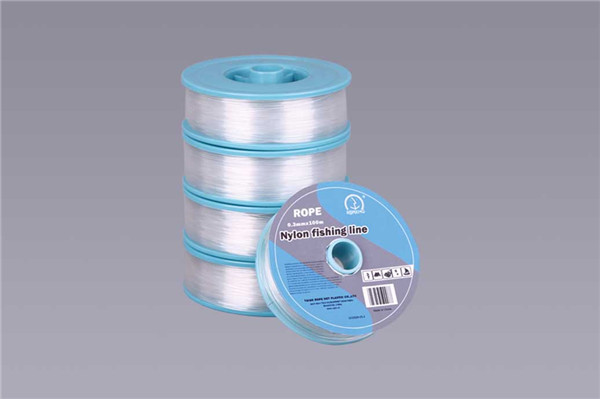In the offset printing process, the interaction between paper, ink and fountain solution produces variables, just like machine parts and printing materials, these variables not only affect the offset printing process, but also affect the printing quality. Therefore, we must constantly observe and analyze in order to make the printing process proceed normally. This article analyzes the lightening factors of the printing process.
1. The accumulation of paper and ink residue on the blanket
In the offset printing process, there are many reasons for the lightening of the blot, but the main reason is the accumulation of paper and ink residue on the blanket. Generally speaking, after the blanket is washed to about 1500 sheets, the accumulation phenomenon will occur. The accumulation effect is mainly affected by the following aspects.
1. The effect of the viscosity of the ink on the accumulation
The viscosity of the ink is divided into dry viscosity and wet viscosity. Dry viscosity can be understood as the viscosity exhibited when the ink does not contain fountain solution components; wet viscosity can be understood as the ink during the printing process Viscosity after containing fountain solution. Viscosity changes during the batch printing process. When the viscosity of the ink is lower than the linting limit of the paper plate, the imprint is neither satisfied nor brand-new in the entire printing, and it is not easy to produce paper pile up; when the ink is sticky When the hysteresis is higher than the paper lint limit, the print will become more and more brand-new in the printing process. Due to the high viscosity of the ink, many small paper wools were pulled from the surface of the paper, prompting the accumulation of paper wool on the blanket. In addition, there are a few loose particles (paper powder) on the surface of the paper, and the small particles are also easily separated from the paper and stuck to the inked part of the blanket to form a pile.
At the beginning of printing, that is, shortly after washing the blanket, under the normal fountain solution volume, the amount of ink in the graphic part (dot, line, solid) was transferred to the paper 100%. But after printing to 1500 sheets or under the abnormal condition of lubricating fluid, the ink on the blanket will produce a phenomenon of accumulation, which is more obvious through the observation of high-power micrographs. The dots transferred to the paper are damaged in diameter, and there are small white dots without ink in the middle of the dots. Therefore, the dots appear light, which indicates that the amount of ink transferred to the paper is reduced. If you do n’t wash the blankets or adjust the amount of fountain solution and ink correctly, there will be more and more paper wool, paper powder and ink residue accumulated on the blankets, and the blots will continue to be lighter and printed on the paper. The part without ink in the middle of the dots will be further expanded, in which the trend of lightening the mesh-adjusted printed matter is more obvious.
2. The effect of fountain solution volume on the accumulation phenomenon
(1) The effect of fountain solution volume on ink viscosity
As can be seen from the above, there are two types of ink viscosity, dry viscosity and wet viscosity. Wet viscosity is lower than dry viscosity because moisture reduces the viscosity of the ink. It can be seen that the amount of fountain solution has a direct effect on the viscosity of the ink, that is, it has a direct effect on the accumulation phenomenon. In general, the viscosity of the ink decreases with the increase of the fountain solution, but it is also affected by many factors such as the type of ink, the model, and the temperature of the ink roller. There are other experiments that show that the wet viscosity of the ink As the amount of fountain solution increases, it does not always decrease. Therefore, we must pay attention to observation and adjustment.
(2) In addition to the effect of fountain solution on the paper powder and ink accumulated on the blanket, paper powder and paper paint can also be adhered and dissolved by the fountain solution, thereby accumulating on the blanket. This kind of stacking phenomenon mostly occurs on paper with high stackability and stacks on the non-graphic part of the blanket surface. When the accumulation amount reaches a certain level, it will expand to the printed part. Under the condition that the thickness of the ink layer, the viscosity of the ink, the temperature, the humidity and the solid density remain unchanged, as long as the fountain solution is enough, there is no such accumulation on the blanket. Of course, the sufficient amount of fountain solution mentioned here is based on the premise that even if more fountain solution is used for printing, there will be no water marks on the printed product and the quality of the printing quality is guaranteed.
(3) Some offset printing workers are dogmatically pursuing the "water-ink balance", continuously reducing the amount of water during the printing process, and ignoring the effect of the above-mentioned accumulation effect on the lightening of the imprint, resulting in aggravation of the accumulation phenomenon, and the imprint continues to become shallow.
In summary, during the offset printing process, the printing quality has changed significantly due to stacking effects-the prints have become lighter. This kind of accumulation is inevitable. In addition to diligently washing the blanket to ensure the printing quality, the viscosity of the ink must also be adjusted. In addition, when the amount of fountain solution used in the entire batch of prints exceeds the specific accumulation of the printing station The limit value, the interval between washing the blanket will be greatly extended. At this time, it has a great effect on eliminating the fault of lightening of the print and ensuring the consistency of the depth of the entire batch of printed parts.
2. In addition to the reasons for accumulation, the following conditions will also cause the imprint to become lighter
1. Under normal circumstances, when the amount of fountain solution increases, the thickness of the ink layer will decrease, this is the operator can find and adjust in time, but some inks because of the large amount of water absorption, the situation is opposite when printing, then use this type of ink When printing, operators often reduce the amount of dampening solution in accordance with conventional practices, and want to make the blots darker, but instead the blots continue to become lighter.
2. During the offset printing process, too much ink is added to dry oil. After stopping, the ink layer on the ink roller and ink fountain roller dries quickly, making the ability to absorb ink weaker. The ink transfer performance is reduced. When the printing is restarted, the amount of ink transfer is reduced, and the blot is suddenly lightened. Sometimes due to the ink roller The ink layer is very thin and will gradually dry, making the blot lighter quickly (this phenomenon is easy to occur in screen debugging printing).
3. Due to inadequate observation of the ink fountain, it was not found in time that the ink level in the ink fountain decreased too much, or the ink thixotropy of the ink fountain was too large, and the fluidity was too poor, which reduced the ink volume and caused the blot to become lighter.
4. During the printing process of the whole batch of prints, the smoothness and ink absorption performance of some paper products suddenly deteriorates, which will also cause the imprint to become lighter.
5. During the printing process, the graphic part of the printing plate falls on the water roller, ink roller, rubber cylinder and paper powder, and the repeated rubbing of the paper hair, the photosensitive layer is gradually worn and damaged, and the lipophilicity is weakened. The hydrophilicity is enhanced, and sometimes the graphic part of the printing plate will gradually become poorly inked, making the blot lighter (the baking layer treatment method is used to enhance the abrasion resistance of the photosensitive layer, which can prolong the blot lightening time).
6. The cylinder diameter of the high-speed offset printing machine is small, and the width of the imprint is also reduced during the rolling process. If the printing speed is suddenly increased greatly while the printing pressure is not increased, the imprint will become lighter. This is because, when the printing speed is increased, the contact time between the printing plate and the blanket, and the corresponding points between the blanket and the printed sheet is inevitably reduced, which increases the possibility of incomplete contact between the printing surfaces, causing The text transfer is incomplete, the dots are not real, and the ink color is pale.
Product Features
Fishing Twine include Fishing line, Nylon Fishing Line, nylon monofilament fishing line, Nylon Fishing Twine and so.
·High tensile strength
·Flexible
·Weather resistant
·Abrasion resistant
Product Application
Fishing sports.


FAQ:
Q: How about payment terms?
A: 30% TT deposit + 70% TT against the B/L copy within 3 days.
Q.:What about the lead time?
A: We need 3-7 days to get the samples ready, for bulk goods, it will cost 15-60days,up to the quantity.
Fishing Twine
Fishing Twine,Nylon Fishing Line,Nylon Monofilament Fishing Line,Nylon Fishing Twine
ROPENET GROUP CO.,LTD , https://www.cnparacord.com